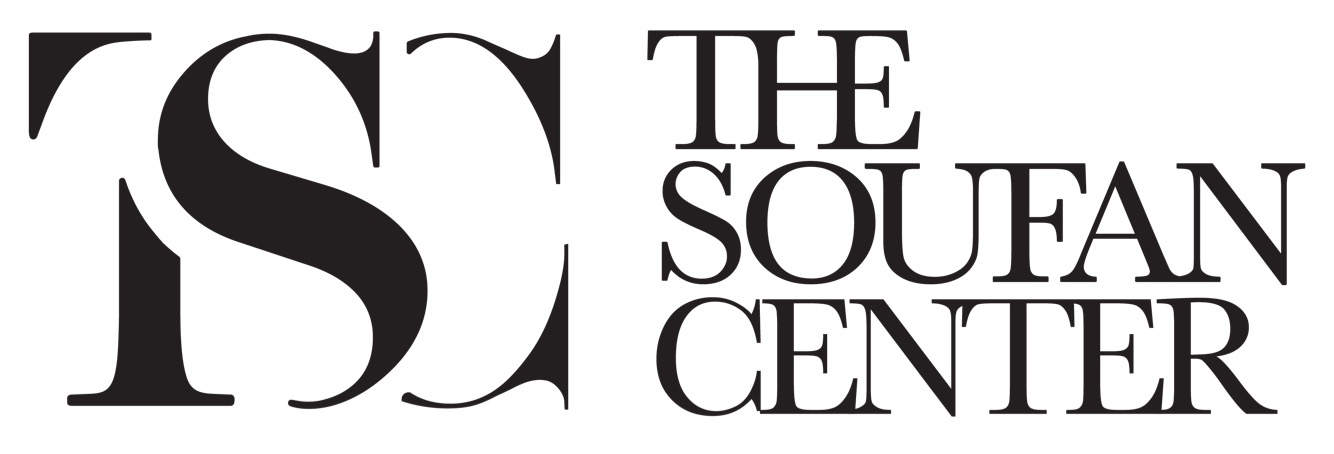 Iran is pursuing a variety of methods in an effort to preserve its influence in Iraq and Lebanon in the face of protests against existing power structures.
Iran is pursuing a variety of methods in an effort to preserve its influence in Iraq and Lebanon in the face of protests against existing power structures.
Iran’s allies in both countries include technocrats who might satisfy popular demands for competent governance while maintaining ties to Tehran.
Iran’s Lebanese and Iraqi allies have also accepted Iran’s playbook of confronting protesters with violence and intimidation.
Preserving influence abroad is pivotal to Iran’s grand strategy, explaining why Washington seeks to thwart Tehran from benefitting from the unrest.
Sustained protests that erupted in Iraq and Lebanon in the fall of 2019 present Iran with an unprecedented challenge in two countries that Iran depends on to accomplish its core national security objectives. Methodically, over the course of several decades, Iran has built pro-Iranian Shia movements in both Iraq and Lebanon into powerful politico-military forces that orient their countries’ policies toward Tehran and enable Iran to project power throughout the region. Iran’s regional reach now allows it to threaten the United States and Washington’s regional allies with an unacceptable kinetic capability and to deter these adversaries from attacking Iran. However, because Iran’s allies in Iraq and Lebanon have become part of entrenched power structures, these pro-Iranian movements are now associated with the widespread corruption and mismanagement that has animated protesters. The demonstrators demand fundamental change that, if implemented, would require the ceding of power by Iran’s allies – Shia factions and their militias in Iraq and Hezbollah in Lebanon – and limitations on Iran’s ability to operate militarily in both countries.
Recognizing a threat to its regional influence and national security, Iranian leaders set to work immediately after protests broke out in both countries. Iran initially encouraged its local allies to adopt Iran’s own playbook that Tehran has used to great effect on several occasions in Iran itself, including most recently in November – the use of violence and intimidation against protesters. Recent estimates suggest that as many as 1,500 Iranians may have been killed by the security forces. In Iraq, protesters – which include Shias who normally would have been expected to support Iranian influence – have been attacked by shadowy gunmen likely linked to Iran-backed Iraqi militias. Such militias include Kata’ib Hezbollah, Asa’ib Ahl Al Haq, and pro-Iranian Iraqi leaders who control parts of the Iraqi Interior Ministry. In Lebanon, Hezbollah fighters, some fresh off the battlefield in neighboring Syria, have attacked protesters that include poor Shias that have historically supported the militants. The use of violence has reduced, but not ended, protests in both countries.
Perhaps unexpectedly, Iran has expanded its reliance on ‘brute force’ to be able to accommodate popular sentiment in both countries. In so doing, Iran appears to have learned from its insistence in 2010 that pro-Iranian Shia leader Nuri Al Maliki, a hardline sectarian, remain Prime Minister in Iraq – an insistence that arguably contributed to the Islamic State challenge that nearly brought Iran’s entire project in Iraq to ruin. Faced with the current challenges in Iraq and Lebanon, Iran has combined its support for violence with a more nuanced approach. Specifically, it is reaching out beyond longtime politicians to support technocratic figures that can possibly appeal to demonstrators while also preserving Iran’s equities in successor regimes. For example, in Iraq, Iran has worked with its Shia allies to try to put forward a technocrat, Qusay Suhail, as the successor to Adel Abdul Mahdi as Prime Minister. Suhail has been associated with the movement of Iraqi nationalist Shia cleric Moqtada Al Sadr, and more recently with other Shia blocs. Still, because of his background as a former minister of education and university professor, he is viewed as a moderate who is untainted by the endemic corruption of the Iraqi political system. However, the perception among protesters that Suhail is ‘Iran’s candidate’ has thus far prevented his becoming the designated successor. But it is almost certain that whoever is selected as Prime Minister will be a candidate acceptable to and well known to Iran’s leaders.
In Lebanon, Iran and Hezbollah have proposed a candidate viewed as pliable yet perhaps still appealing to demonstrators’ demands for a government of technocrats rather than political partisans. After the failure of Saudi-backed Sunni Sa’d Hariri to be reappointed to his post- which he resigned from in late October under pressure from demonstrators – Hezbollah and its ally Amal have achieved formal designation of Sunni technocrat Hassan Diab to be the next Prime Minister. Like Suhail in Iraq, Diab is a university professor and former minister of education, and has pledged to form a government of non-politicians who can steer Lebanon out of its financial morass. His designation has not satisfied demonstrators who accuse him of being ‘Hezbollah’s candidate,’ but it appears that protesters do not have the clout to prevent him from taking office. In both Iraq and Lebanon, a succession of U.S. officials has visited, seeking to engineer successor governments amenable to U.S. influence and less friendly toward Tehran. The United States has nearly 6,000 military personnel in Iraq and far more leverage there than in Lebanon. Still, it appears that Iran will emerge from both Iraq and Lebanon with at least as much influence as it had prior to the outbreaks of unrest – an outcome that Tehran appears set to achieve through coercion and political maneuvering.
No comments:
Post a Comment